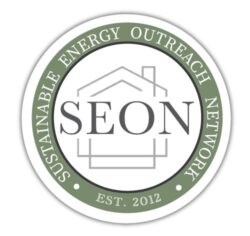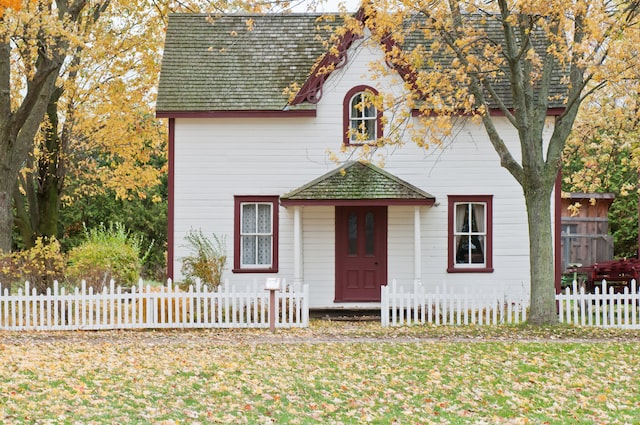A primer on how to reduce the urban heat island effect by implementing effective mitigation strategies.
Summer temperatures in urban areas are now higher than in their rural surroundings, due to a phenomenon known as the “heat island effect.” Research shows that increases in electricity demand, smog levels, and human discomfort are linked to this phenomenon. Planting trees to provide shade and protection from winter winds, and lightening the color of building and pavement surfaces have the potential to significantly reduce energy use for cooling, and lower electrical bills. The Cooling Our Communities shows that well-placed vegetation around residences and small commercial buildings can reduce energy consumption typically by 15 to 35 percent. Savings from lightening surface colors may be as high or greater, but are still being quantified. Widespread adoption of these strategies could help reduce urban temperatures and smog.
ACCESS – A Guidebook on Tree Planting and Light-Colored Surfacing
Photo Credit: Scott Webb

